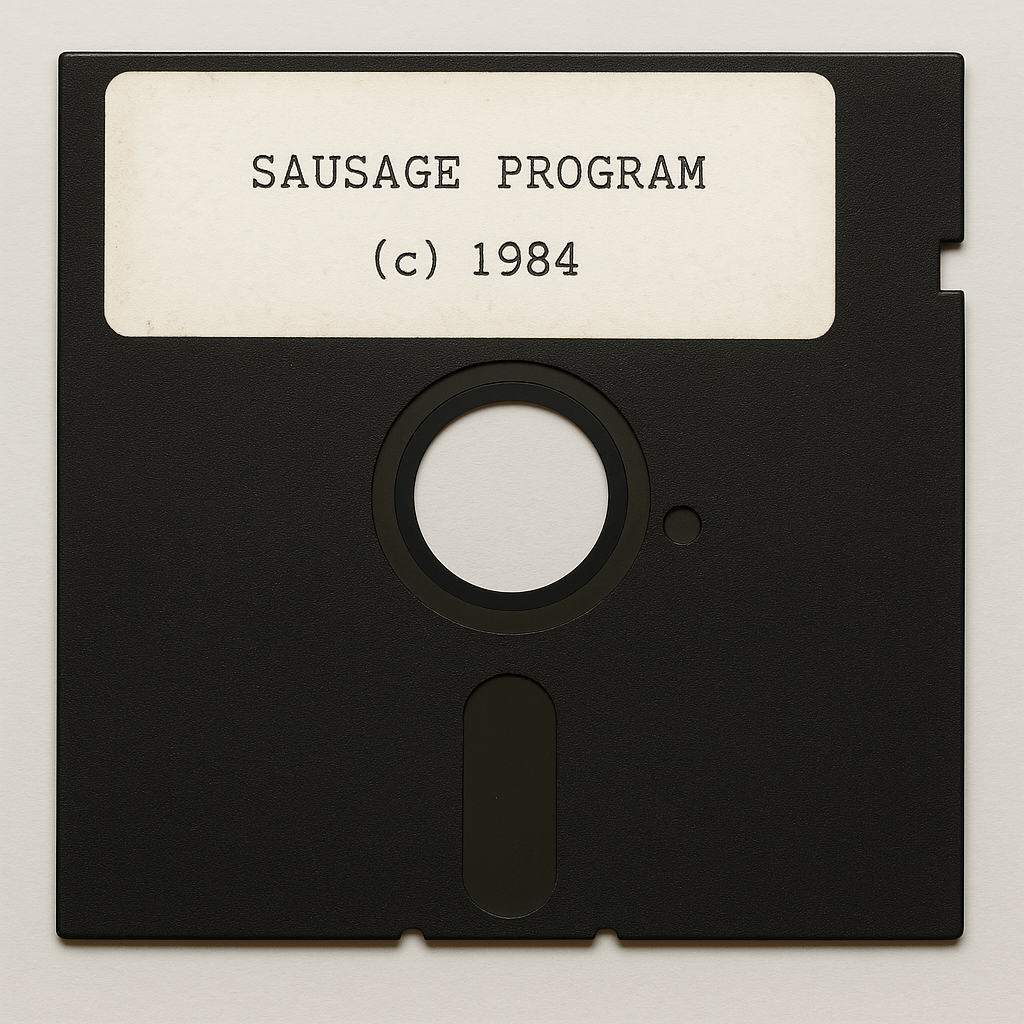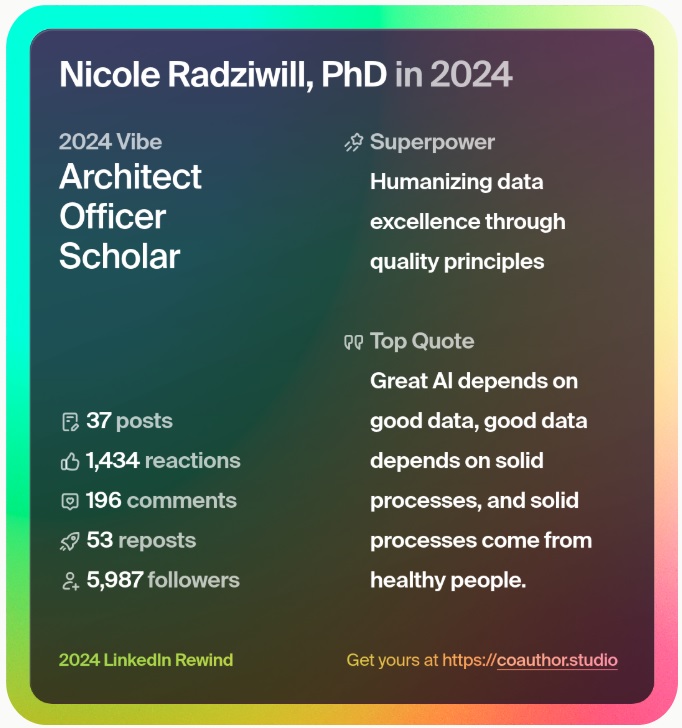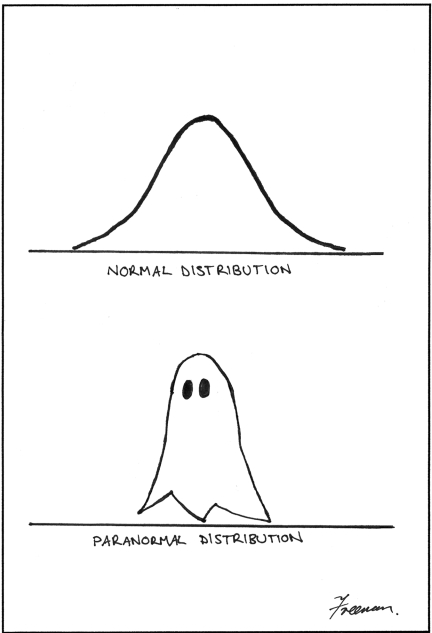
Do you teach introductory statistics or data science? Need some help planning your fall class?
I apply the 10 Principles of Burning Man in the design and conduct of all my undergraduate and graduate-level courses, including my introductory statistics class (which has a heavy focus on R and data science) at JMU. This means that I consider learning to be emergent, and as a result, it often doesn’t follow a prescribed path of achieving specified learning objectives. However, in certain courses, I still feel like it’s important to provide a general structure to help guide the way! This also helps the students get a sense of our general trajectory over the course of the semester, and do readings in advance if they’re ready.
Since several people have asked for a copy, here is the SYLLABUS that I use for my 15-week class (that also uses the “informal” TEXTBOOK I wrote this past spring). We meet twice a week for an hour and 15 minutes each session. The class is designed for undergraduate sophomores, but there are always students from all levels enrolled. The course is intended to provide an introduction to (frequentist) statistical thinking, but with an applied focus that has practical data analysis at its core.
My goal is simple. At the end of the semester, I want students to be able to:
- Quickly become intimate with a new collection of data, using charts, graphs, and exploratory data analysis
- Construct effective research questions and select appropriate (frequentist) statistical techniques to answer those research questions
- Recognize that frequentist methods are just ONE way of answering those research questions
- Appreciate the message of Alex Reinhart’s amazing book, Statistics Done Wrong
Please let me know if this syllabus is helpful to you! I’ll be posting my intensive (5-session) version of this tomorrow or the next day.
Feel free to join our class Facebook group at https://www.facebook.com/groups/262216220608559/ if you want to play along at home.







Leave a reply to Nicole Radziwill Cancel reply